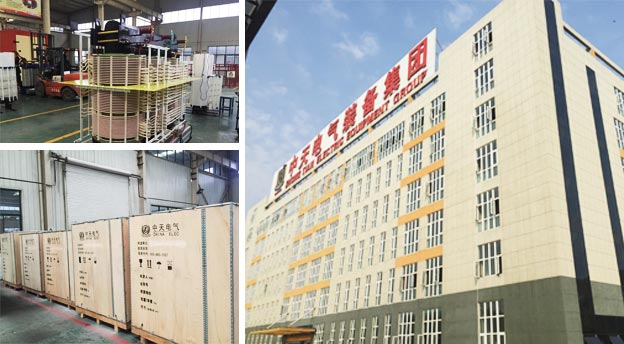The Difference Between the National Standard Cable and the Non Standard Cable
The cable should be selected according to the use of the site when choosing the cable. In order to make the users know more clearly the quality standard of wire and cable and the difference between the national standard and the non standard. Next, we combine engineering users and cable industry often encountered in the actual situation, let us do a simple understanding.

The main 3 kinds of cable and wire in the use of engineering users and construction projects:
1, The national standard cable: the cable produced by the technology of the relevant cable standards issued by the state is referred to as the national standard line.
2, Industry standard cable: according to the industry standard, it is mainly with less cutting and cutting, but does not affect the large use performance.
3, Non – standard cable: to meet the demand of the city came into being. Nowadays, the application of wire and cable is becoming more and more extensive, and more and more kinds of wire and cable are sold on the market.
So, how should we distinguish the “national standard” and “non – standard” of wire and cable? We have some better suggestions here:
First, to see. Need to see whether the wire and cable products quality system certification, see the certificate is standard, see whether the factory name, site, inspection chapter, the production date, see if the wire is printed on the trademark, specifications, voltage and so on. Also depends on the cross-section of the wire copper core, excellent product copper color light, soft color, otherwise it is defective.
Second, to test. It is advisable to bend an electric wire head by hand repeatedly. All of them are soft and good in anti-fatigue strength. The plastics or rubber are very elastic and have no cracks on the wire insulator.
Third, to weigh. A good quality wire and cable, in general, is within the specified weight range per 100m weight. For example, the commonly used plastic insulated single strand copper cored with a cross section of 1.5mm2 is 1.8-1.9kg per 100m. Poor quality wires are not enough, either the length of the wire is not enough, or the copper core impurity of the wire is too much. If the cable is large, especially the large size cable, the most convenient way is to weigh the weight of the cable. Generally, there are copper cables that steal small sections. If the copper content of cables is not weighted by the national regulations, it can be regarded as non-standard.
Forth, compared to the price. Because of the low production cost of counterfeit and shoddy wires, the vendors are selling at low prices under the guise of good price and beauty. Therefore, you should be careful when buying it, and do not be fooled by the “good price” for the merchant, and finally be deceived.
Fifth, look at the copper. The qualified wire copper core should be purple red, glossy and soft. The copper core of fake and inferior copper core is purple black, yellowish or partial white. There are many impurities, poor mechanical strength and poor toughness. It will break if a little force is applied, and the wire break phenomenon often occurs. When you check, you just peel the wire off one end, then rub it on the copper core with a piece of white paper. If there is black substance on the white paper, it means that there are more impurities in the copper core, so it can be identified as “non-standard” wire and cable.
Sixth, quality inspection. When there are differences in the quality of the cable, it can be sent to the third party inspection organization for testing and be on the basis of the qualification of the authoritative inspection report.